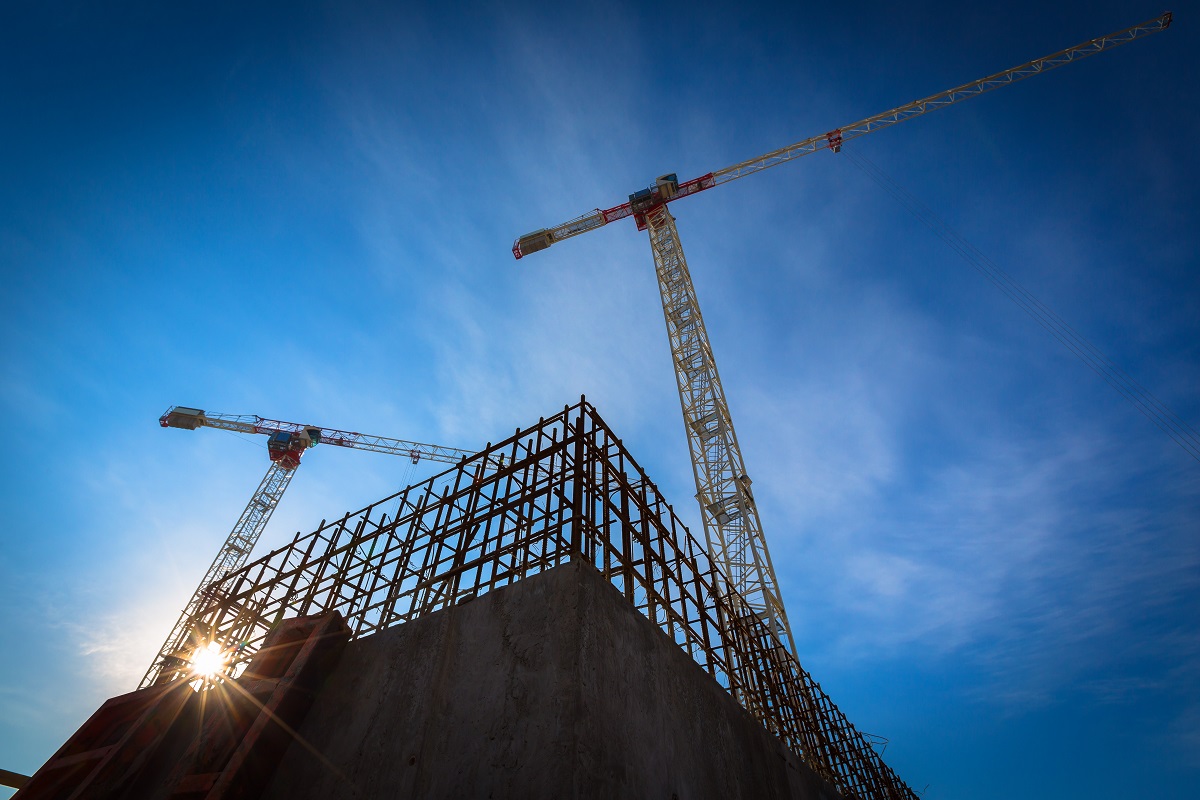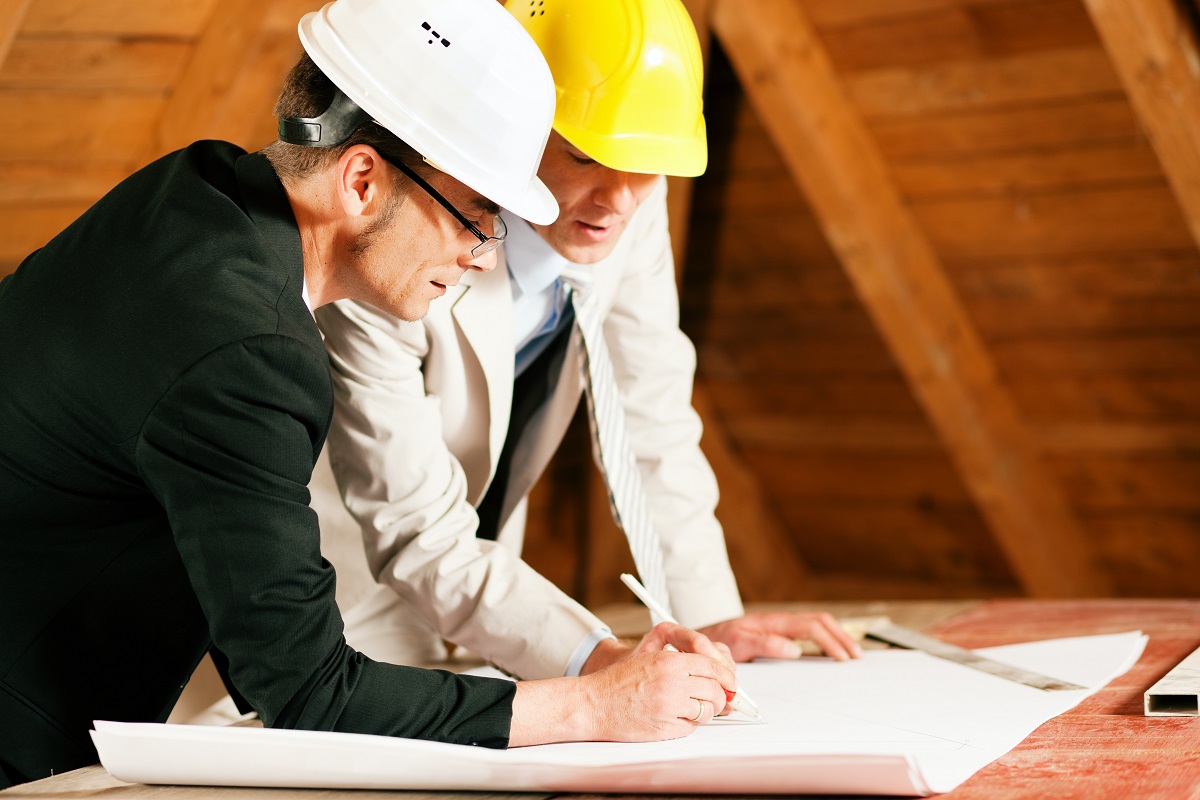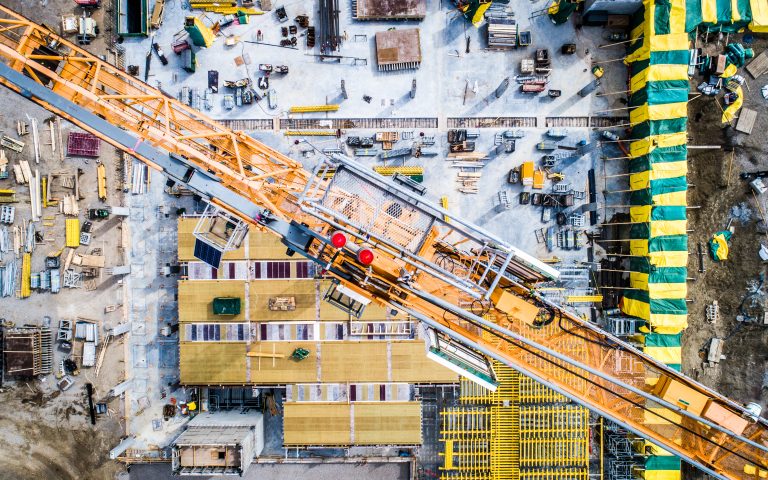- Commercial construction impacts business success, affecting employee productivity and customer perception.
- Balancing aesthetics and practicality in design increases property value and reduces maintenance costs.
- A realistic budget ensures quality while managing costs, requiring detailed planning and contingency funds.
- Sustainable construction practices demonstrate environmental responsibility and reduce operating costs.
- Hire specialized services such as cranes, architects, and contractors for safe and efficient commercial construction.
Building a commercial property is an essential investment for any business. It provides a space for employees to work, products to be made, and services to be offered to the public. However, commercial construction is complex and requires a lot of planning, preparation, and execution.
Commercial construction is a critical factor in the success of any business. The building’s design and functionality can influence how employees work and customers feel about a particular industry.
A well-designed commercial property can support employee productivity and engage customers, leading to higher sales and revenue. Furthermore, building a commercial property can be an investment that appreciates over time, potentially generating income for years.
This post will discuss the critical considerations for building commercial properties and offer advice on achieving success in your commercial construction project.
Design and Functionality
The design and functionality of a commercial property affect how employees work, and customers perceive the business. Aesthetically pleasing buildings draw in customers and create a positive impression of the company.
However, practicality is also essential, as it can affect employee productivity and operational costs. For instance, if the business relies on foot traffic, the property’s layout and accessibility should be prioritized to ensure that customers can find it quickly and navigate it conveniently.
Balancing Aesthetics with Practicality
While aesthetics are essential, businesses must also consider the practicality of constructing the building. Environmental regulations, utility connections, and accessibility can impact costs and timelines.
Regular maintenance can be costly, so designing a building that is easy to maintain can help increase the property’s lifetime value and reduce operational costs over time.
Elements for Productivity Enhancement and Customer Experience
Beyond aesthetics and practicality, businesses must also consider how the building can enhance productivity and customer satisfaction. Elements such as lighting, temperature control, and soundproofing can impact employee productivity and customer experience.
For instance, poor lighting can cause eye strain and negatively impact mood and productivity. Conversely, lighting that is too bright can cause discomfort and fatigue.
Budgeting and Cost Management
Constructing a commercial property requires financial planning and management. Creating a budget and developing a cost management plan is essential to ensure the project is completed within the allotted budget.
However, businesses should avoid making cost-saving cuts that sacrifice quality and safety. Project managers should work with architects, contractors, and engineers to identify areas where costs can be reduced without compromising safety or quality.
Creating a Realistic Budget for Your Commercial Construction Project
Creating a realistic budget involves considering all costs, including permits, materials, labor, contractors, and contingency funds. A contingency fund can help cover unexpected expenses.
Moreover, working with a reputable contractor with experience managing commercial construction projects is essential to ensure the project stays within budget and is completed on time.
Sustainability and Green Building
Sustainability is an essential consideration for modern businesses. Green building practices reflect a company’s commitment to environmental responsibility and can improve operating costs while creating a healthier workplace. Green buildings use fewer natural resources, reduce waste, and optimize energy and water use.
Embracing Sustainable Construction Practices
Green building practices include using renewable materials, designing energy-efficient HVAC systems, and installing ENERGY-certified appliances. These practices can reduce carbon footprint and operating costs and improve an indoor environment.
Services to Acquire
Successful commercial construction requires a myriad of services that business owners must acquire throughout the building process. From designing the facility to assembling the structure and even outfitting the building with necessary utilities, commercial construction requires expertise, experience, and specialized skills that most business owners don’t have.
Crane and Rigging Services

Crane and rigging services are essential in most commercial construction projects. Whether you’re building a skyscraper or a one-story facility, you will need to hoist heavy equipment or building materials to higher floors or hard-to-reach areas.
Crane operators and riggers have the necessary experience and equipment to safely lift and maneuver heavy objects to where they need to be. Their expertise ensures that everything is done correctly and without accidents.
Architectural and Design Services
Before you start constructing your commercial facility, it is essential to design it first. Hiring an architect who has extensive experience developing commercial facilities can be beneficial.
Architects and designers have the necessary skills to design facilities that meet your business’s specific needs, budget, and aesthetic preferences. They can also ensure the designs comply with local building codes, regulations, and safety standards.
General Contracting Services

Finally, general contracting services are essential in commercial construction projects. They coordinate and oversee the entire project, ensuring everything is done according to plan, on time, and within budget.
They also ensure that all the necessary permits have been acquired, that workers are adequately trained, and that the work environment is safe. In addition, they handle most of the communication with subcontractors and suppliers.
Constructing a commercial building is no small feat, and the project’s success depends on careful planning and execution. Identifying the essential elements, including design, functionality, cost management, and sustainability, ensures that the building meets the company’s goals and satisfies customer needs.
At the same time, green building practices and sustainable materials reduce operational costs and improve environmental responsibility. Consequently, business owners who carefully consider these essential elements and work with trusted construction professionals are well-prepared to build properties that will enhance their business success in the long term.

